Casually adding "plantfluencer" to our bios.

Yes, ‘Plant Styling’ Is an Art—Here’s How to Do It Yourself
Our collective fascination with houseplants has yielded a crop of uniquely millennial jobs, and plant styling—as in, making a living by decorating homes, offices, and restaurants with carefully selected foliage—sits at the top of that list. It's no secret that plants are scientifically proven to reduce stress, but the coronavirus saw an uptick in the rare-plant market, and nurseries all over the country experienced a boom in sales even before reopening was a consideration. Take one scroll through Instagram and you'll find there's more visibility for plantfluencers, plant professionals, and start-ups in the wake of the pandemic—sparking a recent interior design and lifestyle shift toward greenery.
We're guessing you've accumulated some (if not a boatload of) leafy friends over the past year, and if you even have the faintest green thumb, you may have tried your hand at taking moody shots of your living companions. But what you've likely discovered is that styling houseplants is actually a very tricky business.
Luckily, there are people like Lisa Muñoz, founder of Leaf and June and author of House Planted, who've been styling plants professionally for years. “A friend of mine was like, ‘You're really good at decorating with plants. Have you ever thought of doing that professionally?’” Muñoz tells Glamour. “That was seven years ago, and I've been doing plant design full-time ever since.” So if you're wondering why your vibrant green babies aren't exactly popping in your pictures, keep scrolling. We asked Muñoz to share all of her tips for styling greenery in your own space—plus the products she swears by as a full-time plant stylist.
Tip 1: Assess your environmental conditions.
First and foremost, you want to bring in plants that will thrive in your space. “I think a lot of people buy plants for aesthetic reasons, but so much of plant styling is about the environmental conditions,” says Muñoz. She recommends assessing the natural light in your home as well as your lifestyle, schedule, and experience caring for plants before going to the plant shop. Ask yourself questions like, Does my home receive bright direct, bright indirect, moderate, or low light? Do I have drafty windows? Tons of air conditioning vents? Overpowering heat and humidity? Your answers will help you select the right plants for your space. “All of these environmental factors will impact the health of your plants,” she adds.
Tip 2: Stock up on plant care tools.
Care essentials like a watering can and pruning shears help make plants and plant care a more permanent part of your life. “While there are more budget-conscious options, I personally love Haws watering cans, Felco pruning shears, Terrain's potting scoop, and the All Seasons horticultural oil to ward off pests and treat fungal infections or diseases,” says Muñoz.
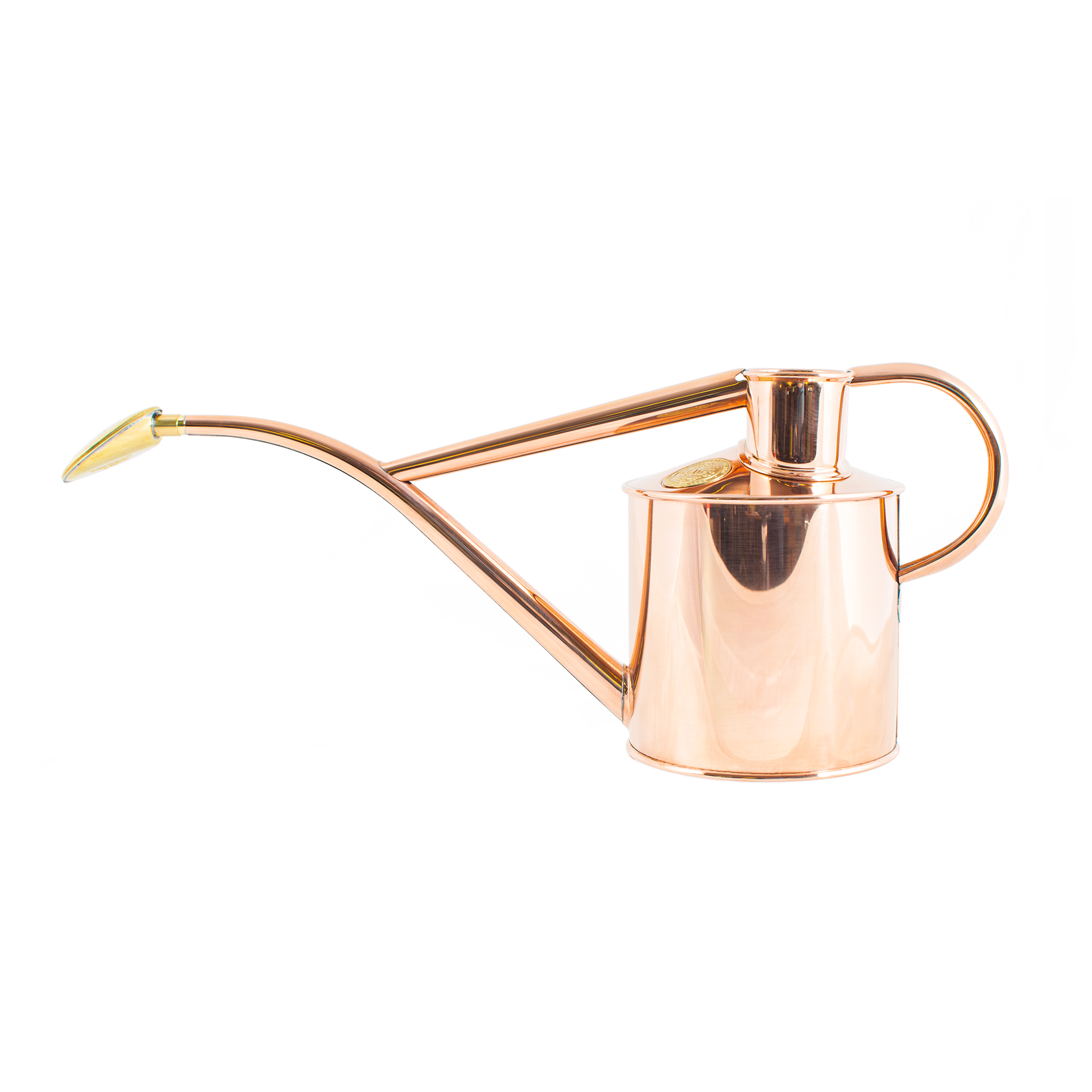
Haws Copper Watering Can & Mister
$158Terrain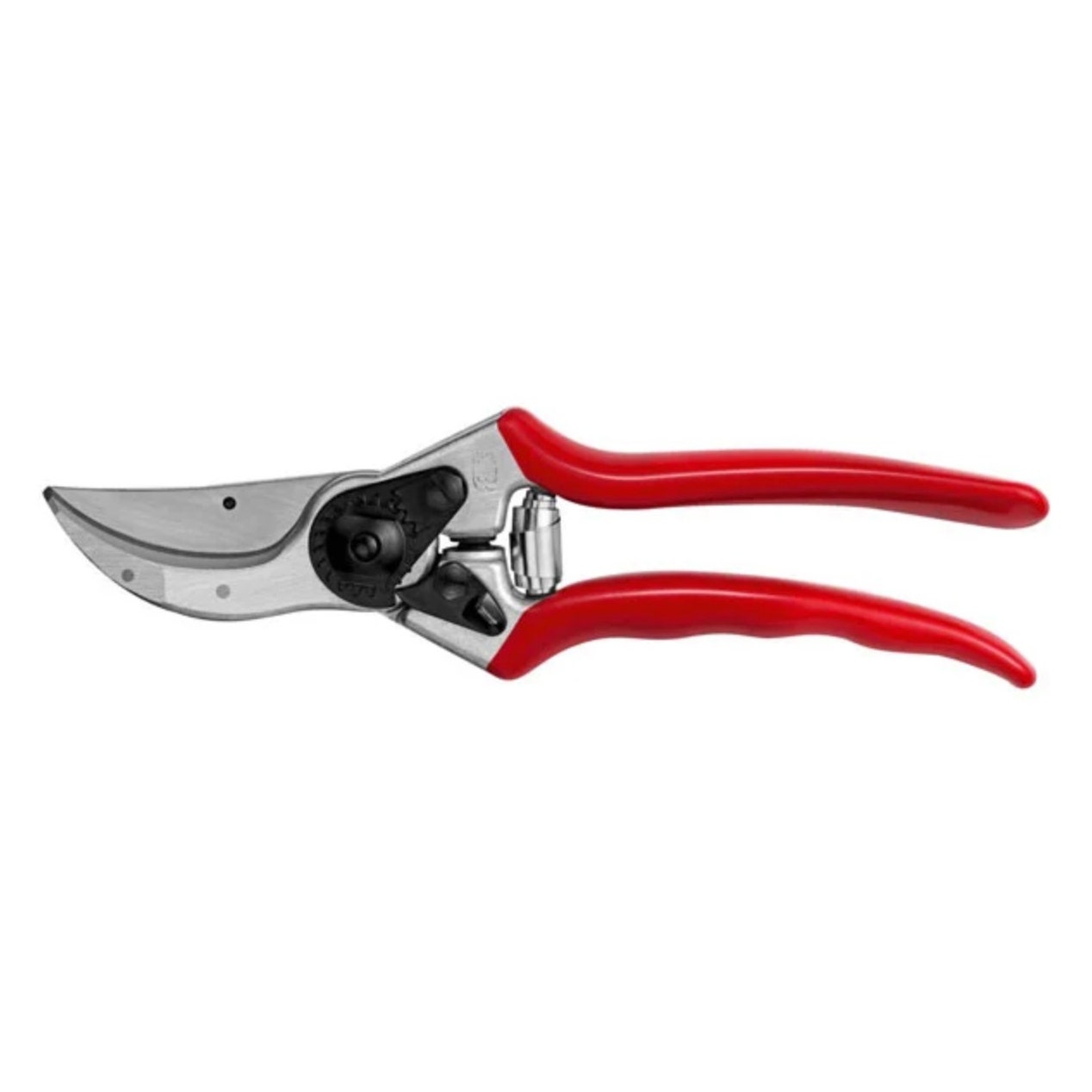
Felco One-Hand Pruning Shears
$58Grow Organic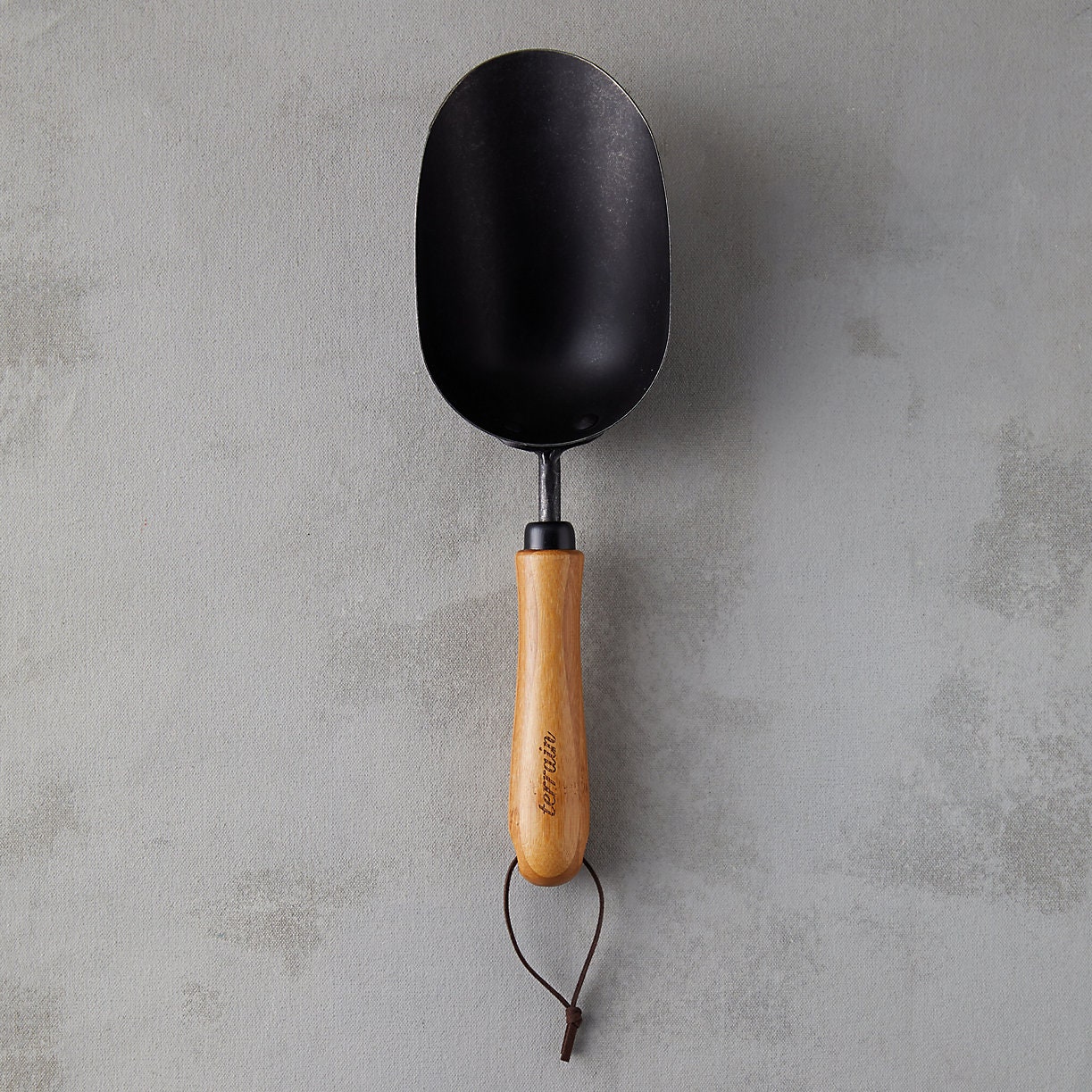
Barebones for Terrain Potting Scoop
$36Terrain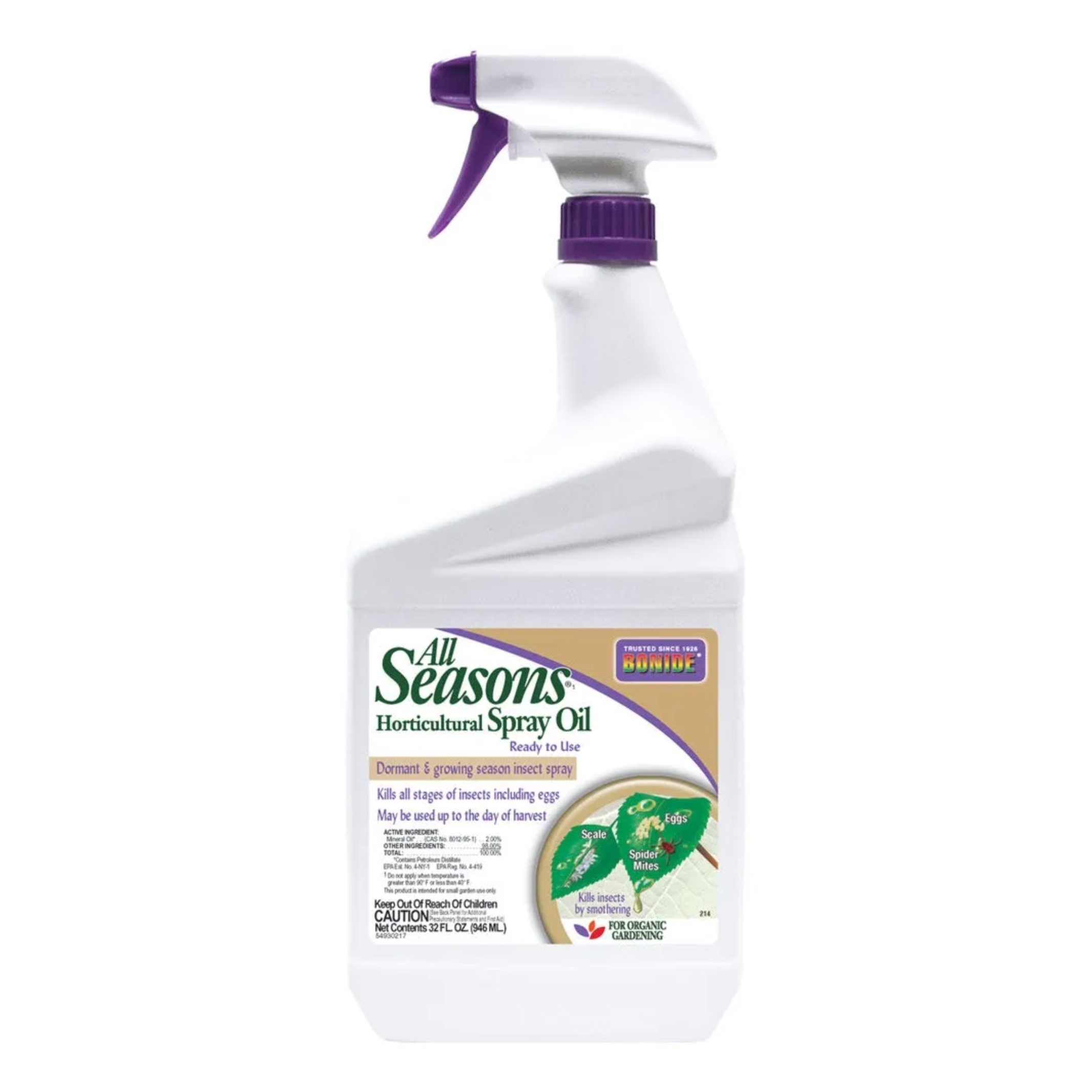
Bonide All Seasons Horticultural Oil Spray
$10Gardener's Supply CompanyTip 3: Complement your existing decor with planters and pots.
Playing off your existing design aesthetic really comes down to the planters and pots. “If you want to keep things classic, perhaps terra-cotta is the way to go,” Muñoz says. “If your space is minimal and clean, planters with simple, cylindrical shapes in gray, white, or black tones may be best. If you gravitate toward an eclectic design style, lean into that with bright, colorful planters in unique shapes and silhouettes.”
Plant shapes and colors also vibe with certain aesthetics. “Plants with a structured growth habit, like sansevieria, pair well with a clean, streamlined design style. [While] sprawling plants, like Monstera, will make your space feel a bit more wild and free,” Muñoz says. Whatever you chose, your plants and planters should complement you and your personality!
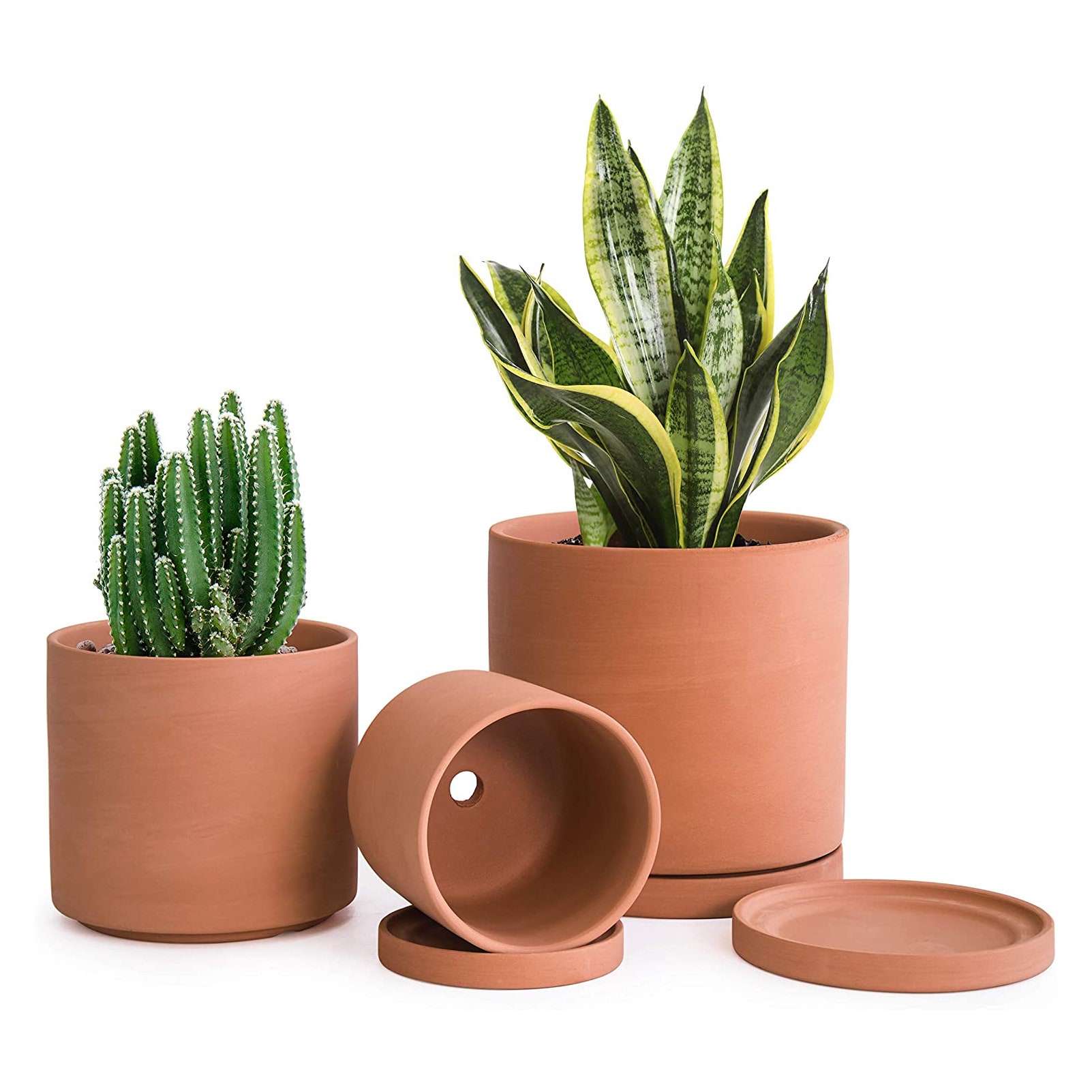
Terra-Cotta Pots
$29Amazon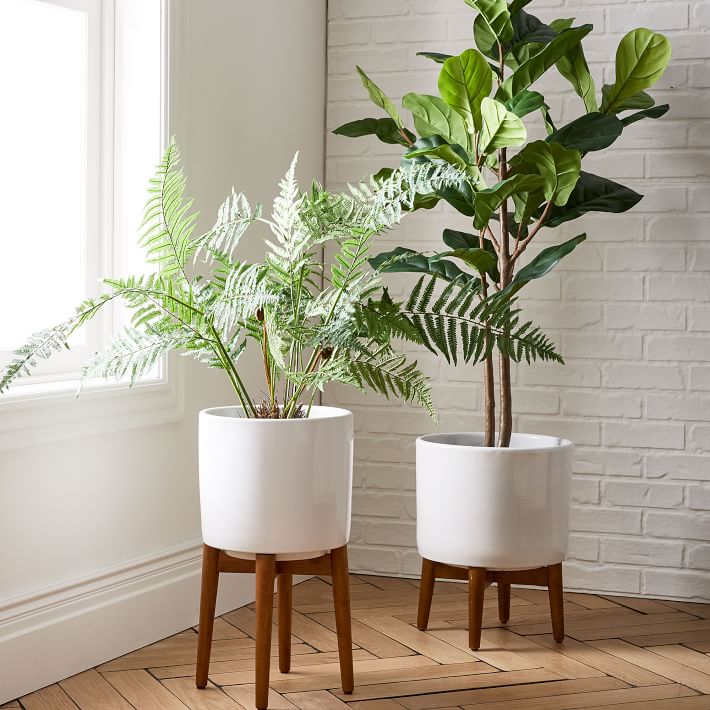
Midcentury Turned Wood Planters
$126West Elm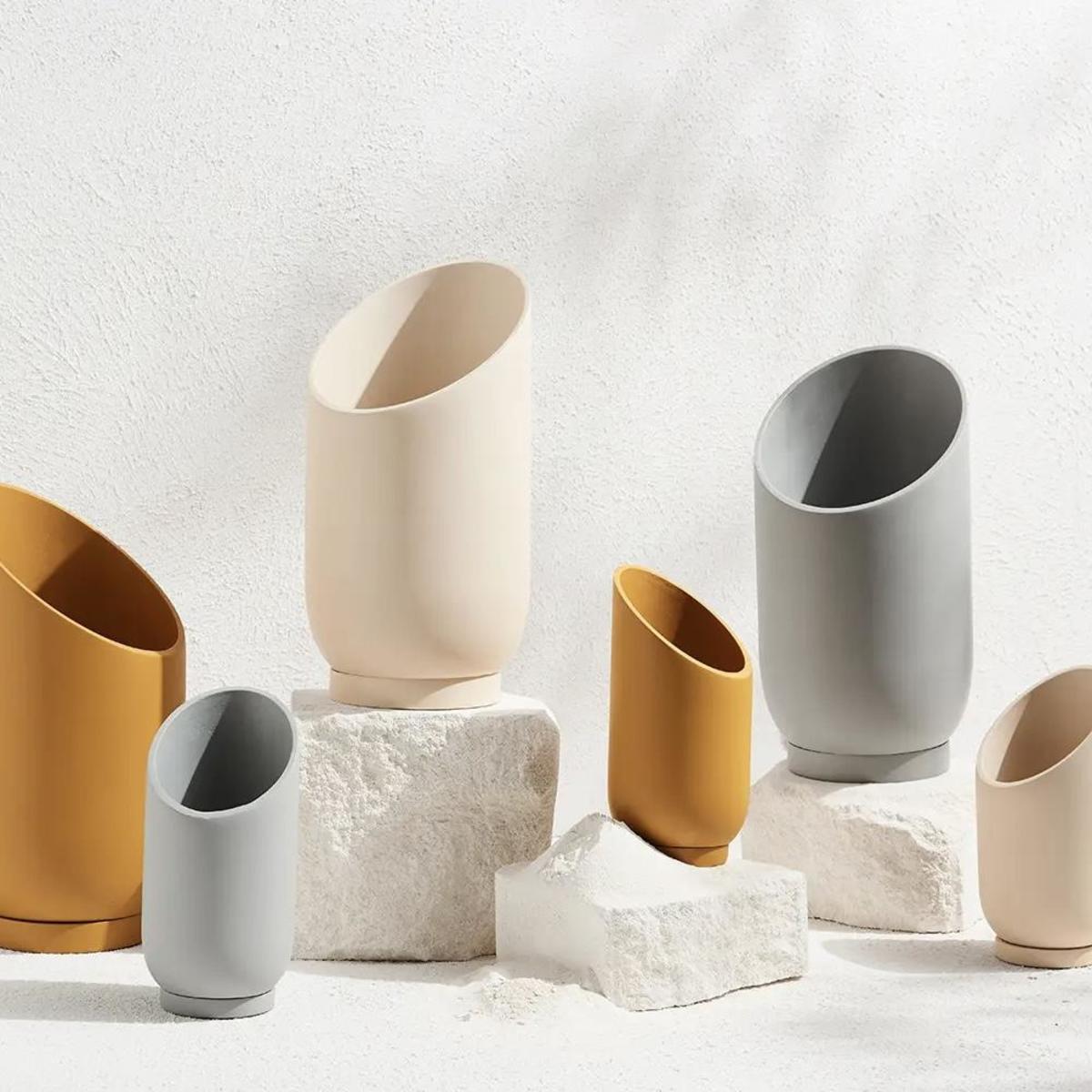
Capra Designs Summit Planter
$108Garmentory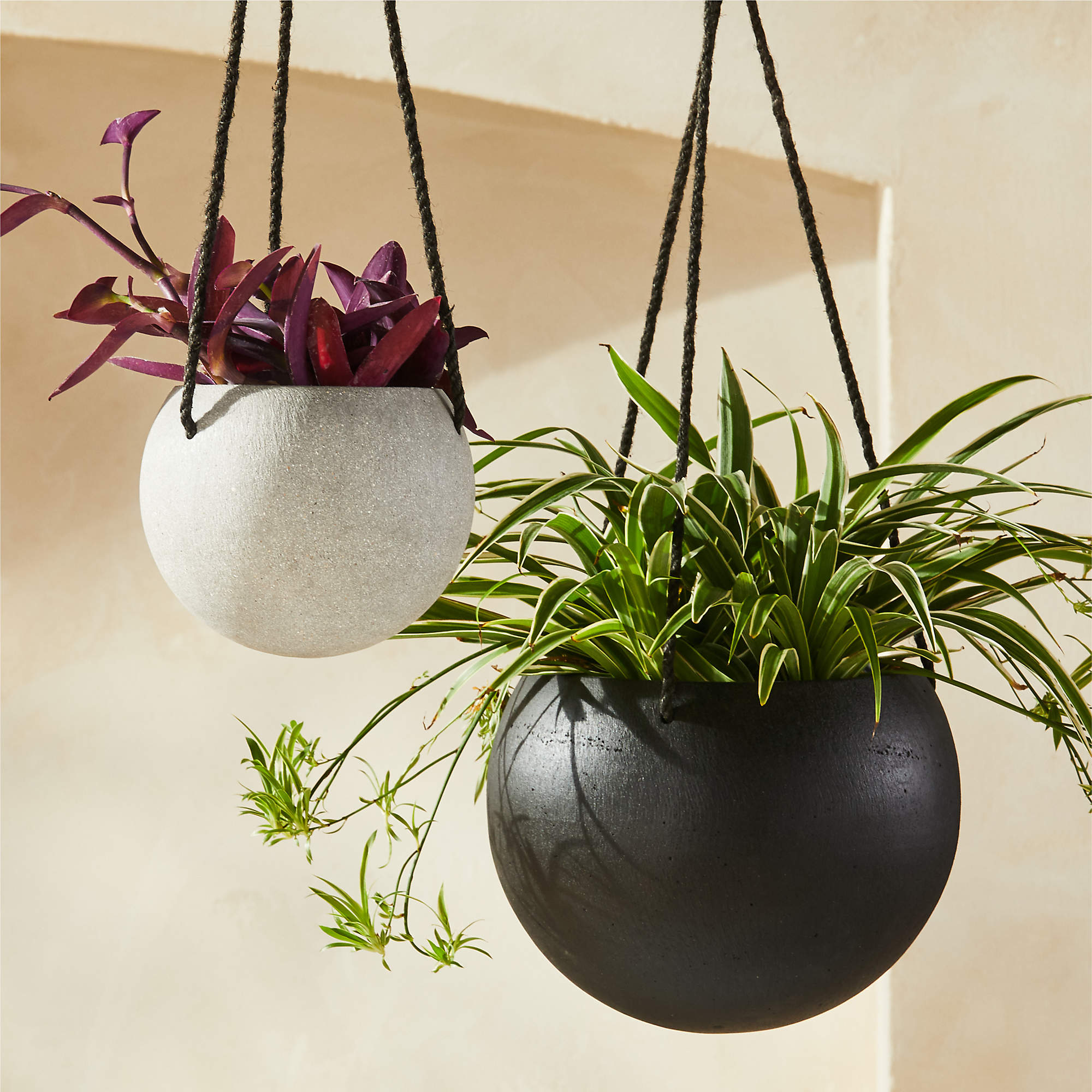
Orb Hanging Planters
$25CB2Tip 4: Less is more.
While social media may make you want to fill your home with houseplants as quickly as possible, it's important to start small, especially if you have limited experience caring for them. “Whether you start with a single laid-back statement plant in an empty corner or a few small windowsill dwellers, easing yourself into plant parenthood is always a good idea,” says Muñoz. “Plus, you only really need a splash of greenery to elevate a space—you don't want to overwhelm your existing decor. Buy a few plants and let the design unfold from there!”
Tip 5: Play with texture, color, shape, and height.
When it comes to grouping plants together, Muñoz considers both aesthetics and care. “Clustering moisture-loving or sun-loving plants together will simplify your watering schedule and make your life a bit easier.” From a design perspective, ”I love mixing varied textures, colors, shapes, and heights to add visual interest to a space,” she adds. “Doing this creates eye-catching contrast and allows each plant to have its own voice, so to speak.”
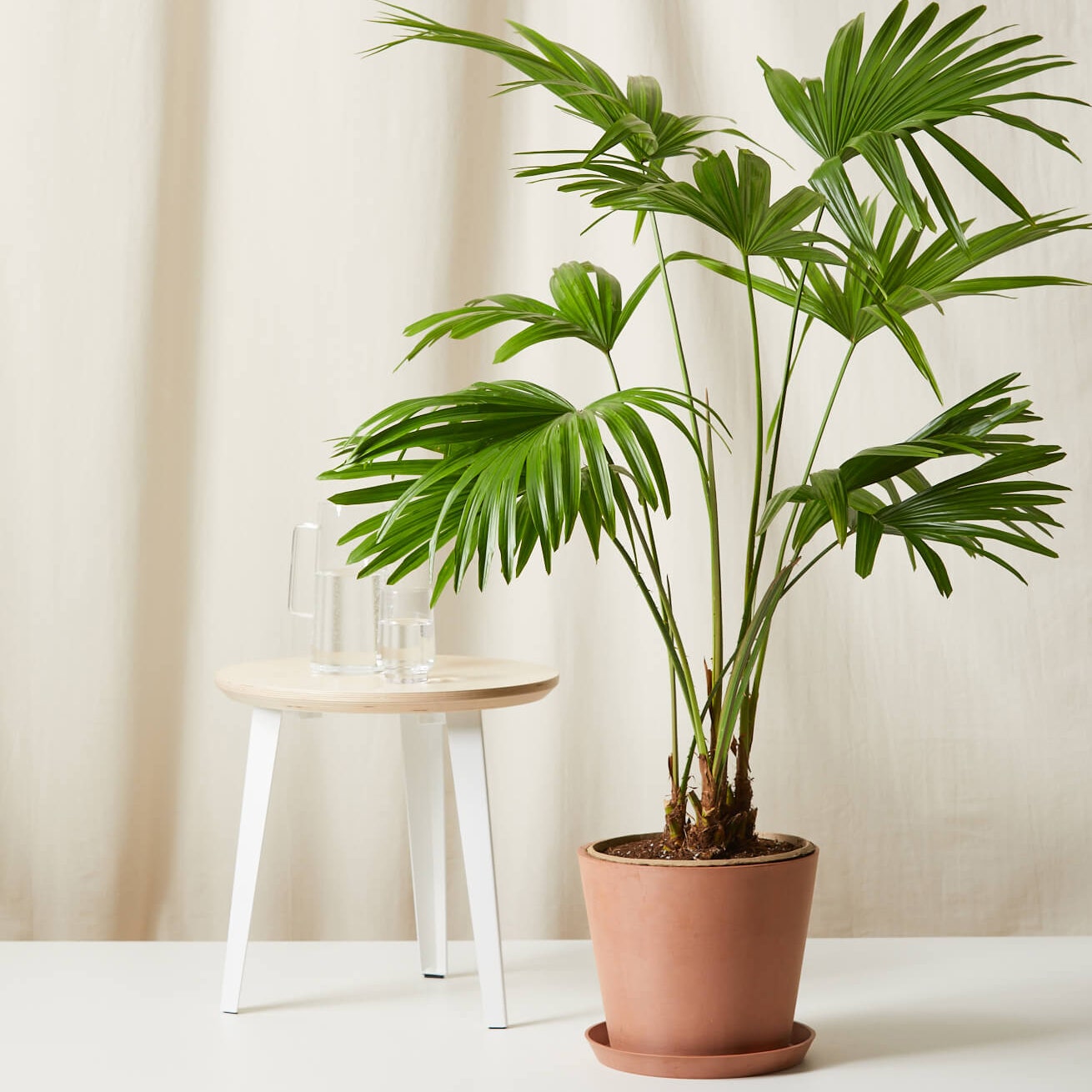
Chinese Fan Palm
$195Bloomscape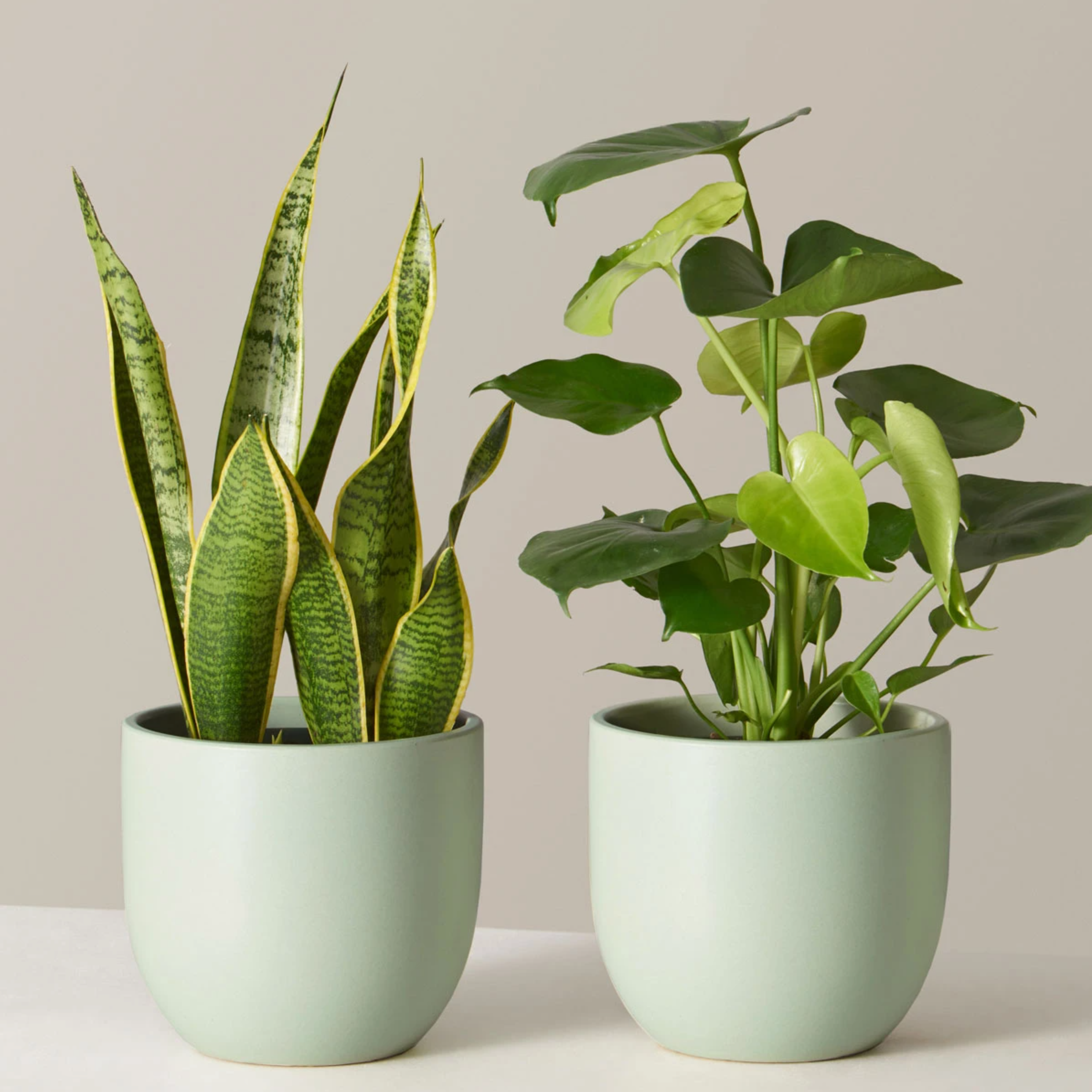
Best Sellers Duo
$115The Sill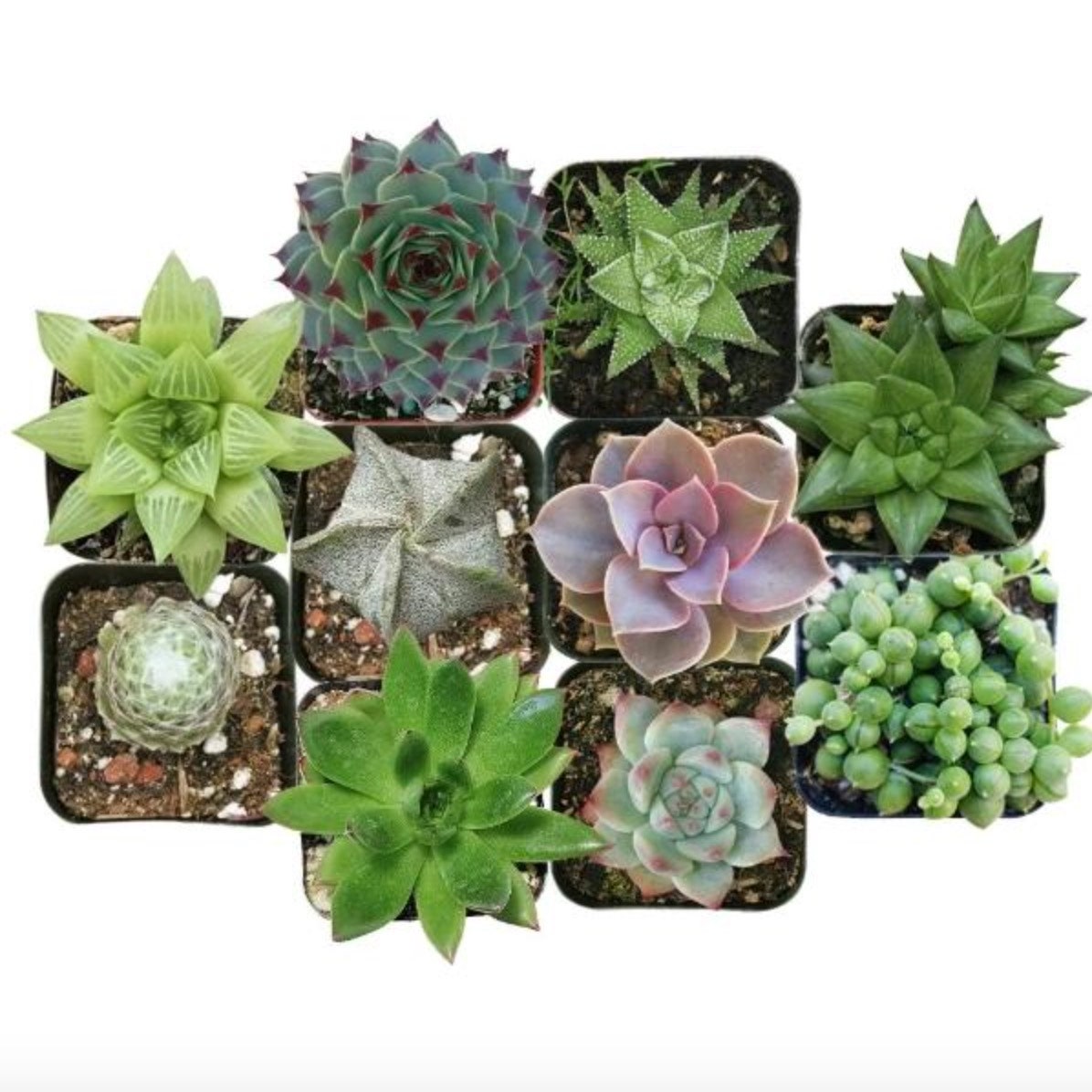
Succulents for Beginners
$45Succulents Box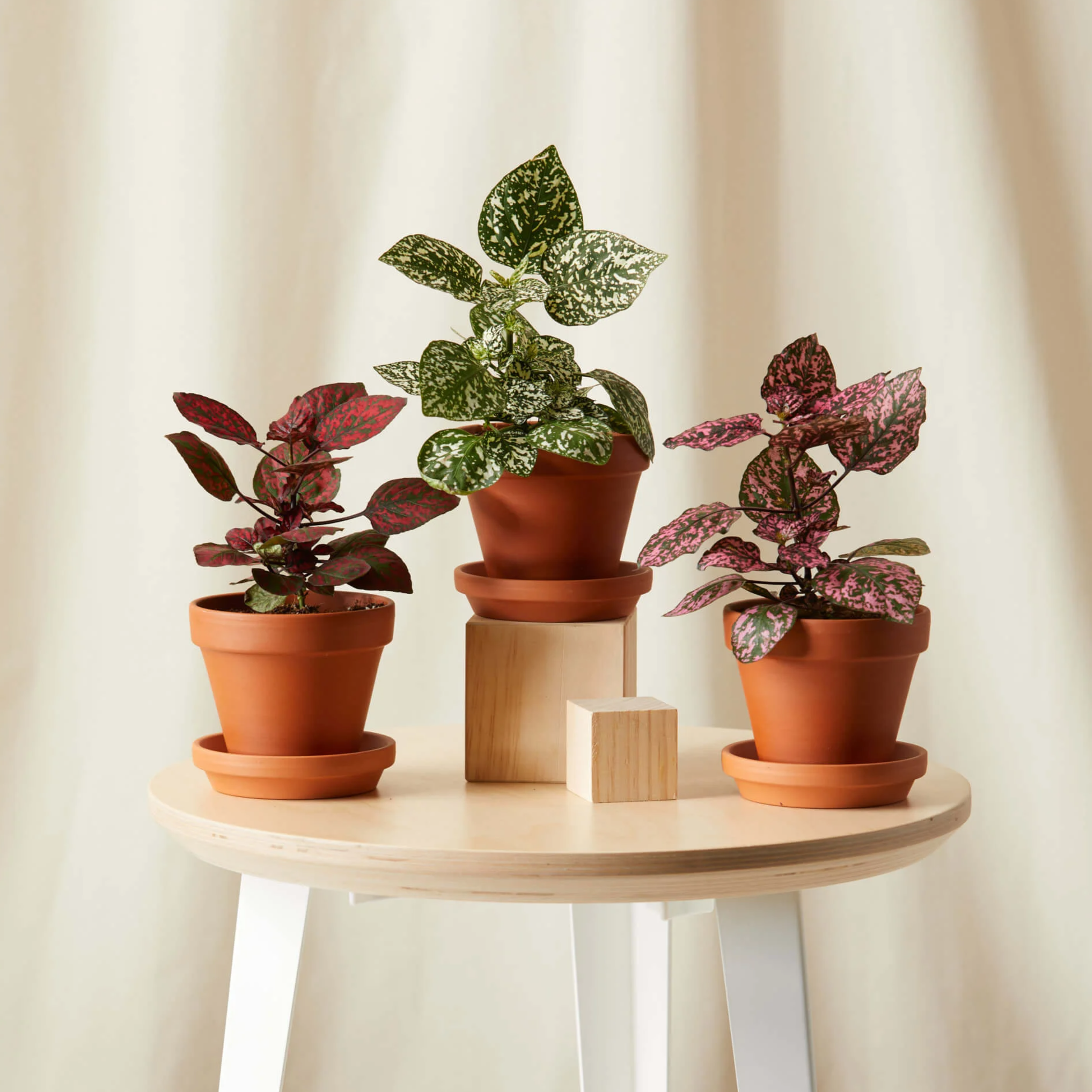
Hypoestes Collection
$65BloomscapeTip 6: Never underestimate the power of a statement plant.
When in doubt, go as big and lush as possible! “I love taking advantage of high ceilings or empty corners and filling them with an oversized tree or a trio of plants at staggered heights, if space allows,” shares Muñoz. “These design focal points draw the eye in and really eliminate the need for dozens upon dozens of houseplants.”
This story originally appeared on: Glamour - Author:Kelsey Clark
















